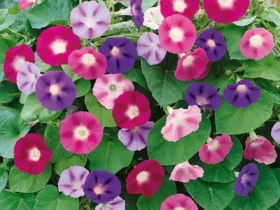Daffodils, scientifically known as Narcissus, are one of the most beloved and iconic spring flowers. They hold a prominent place among the beautiful and famous flowers in Ukraine. With their vibrant yellow or white petals and charming trumpet-shaped centers, daffodils bring joy and beauty to gardens, parks, and landscapes around the world.
Daffodils images
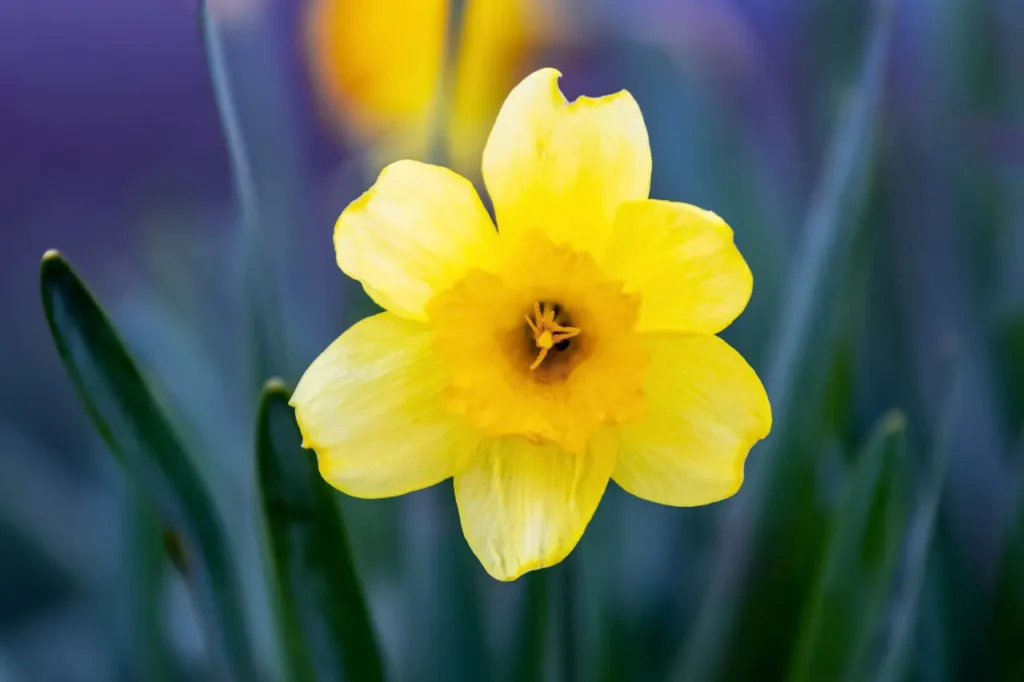
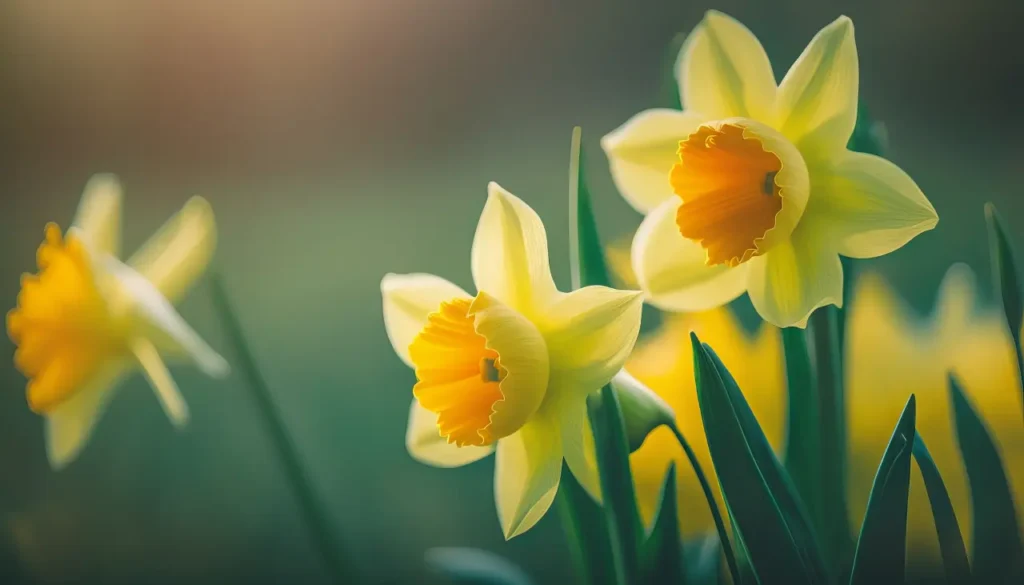
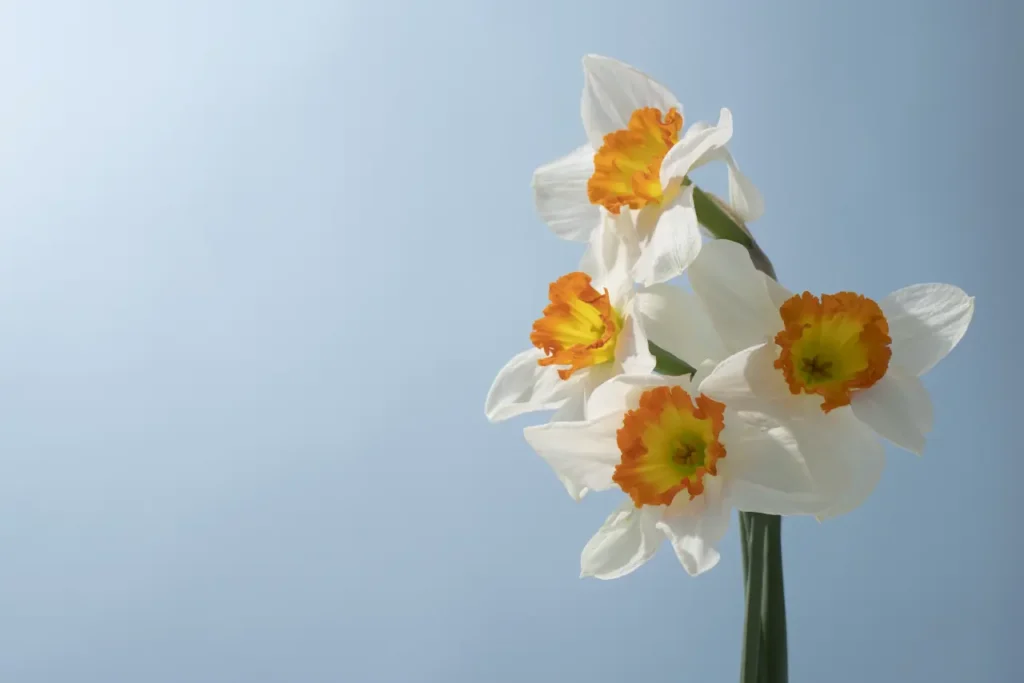
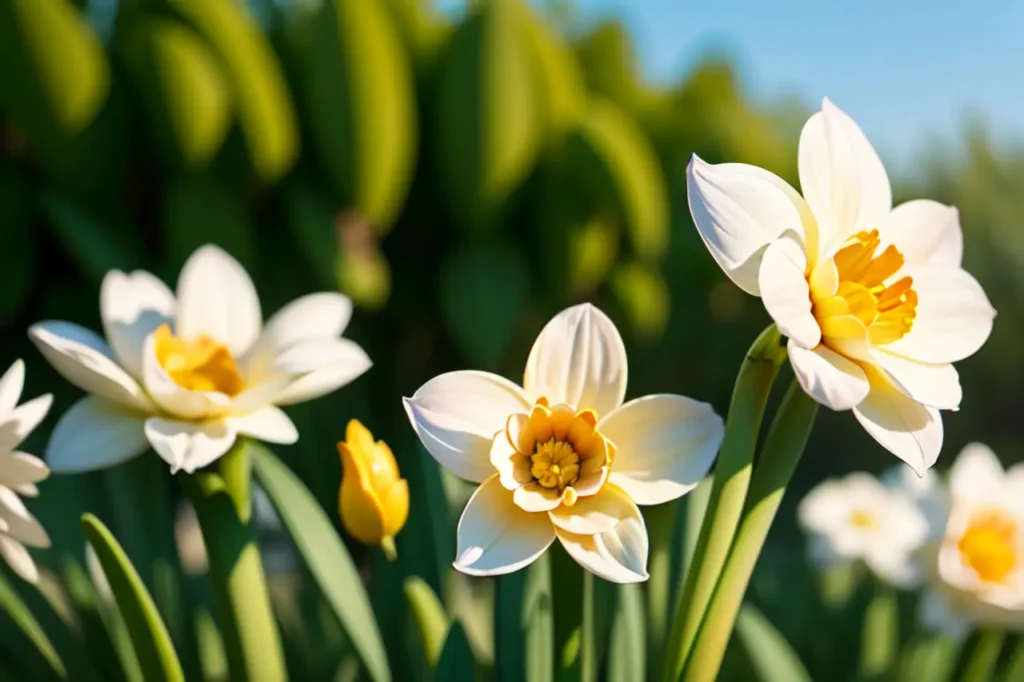
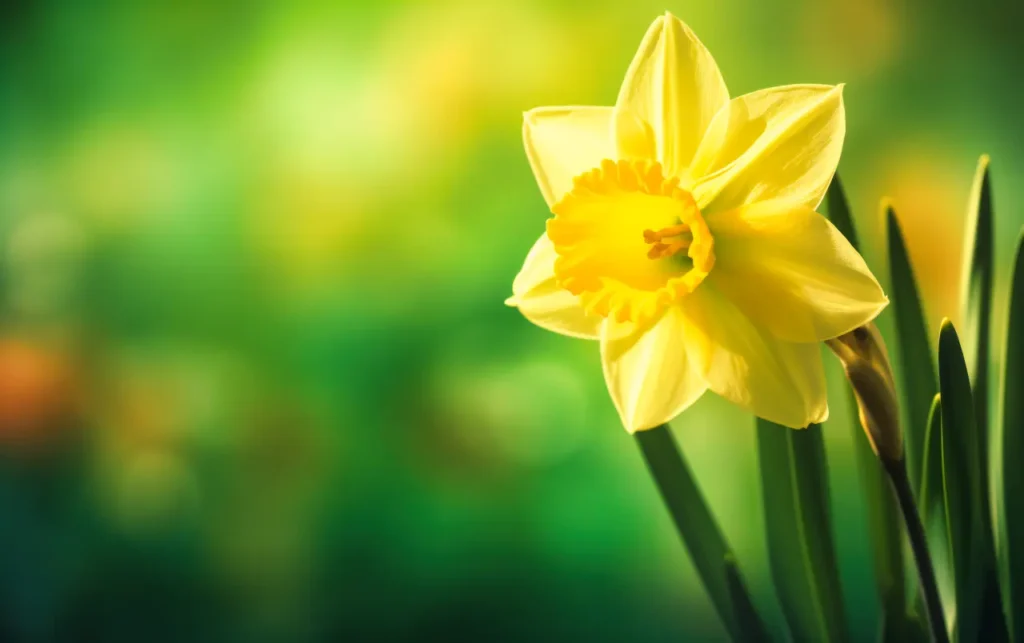
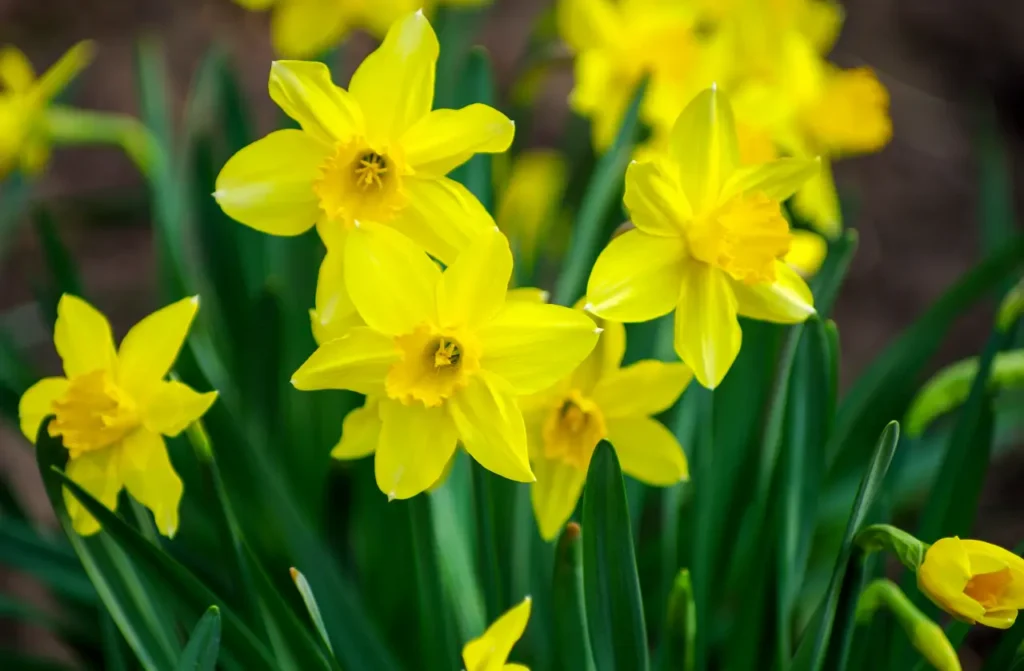
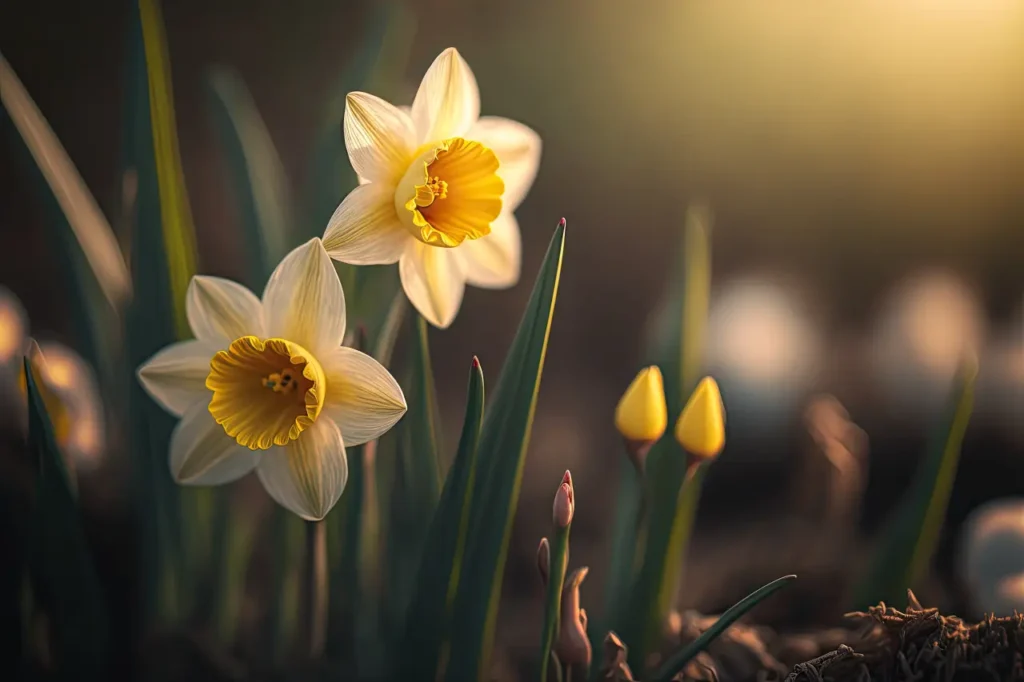
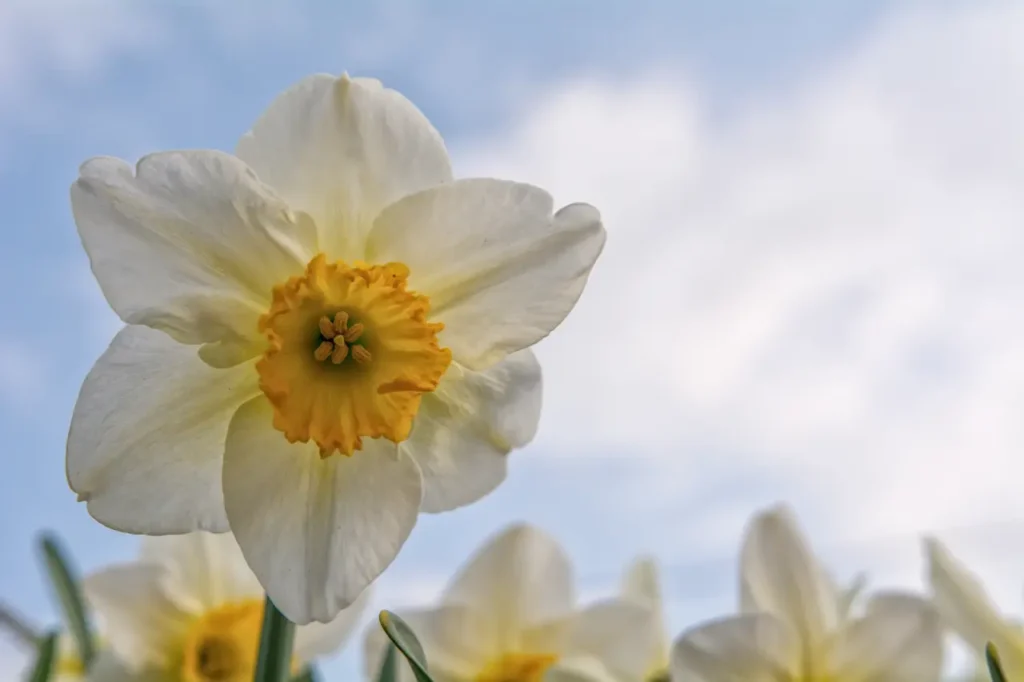
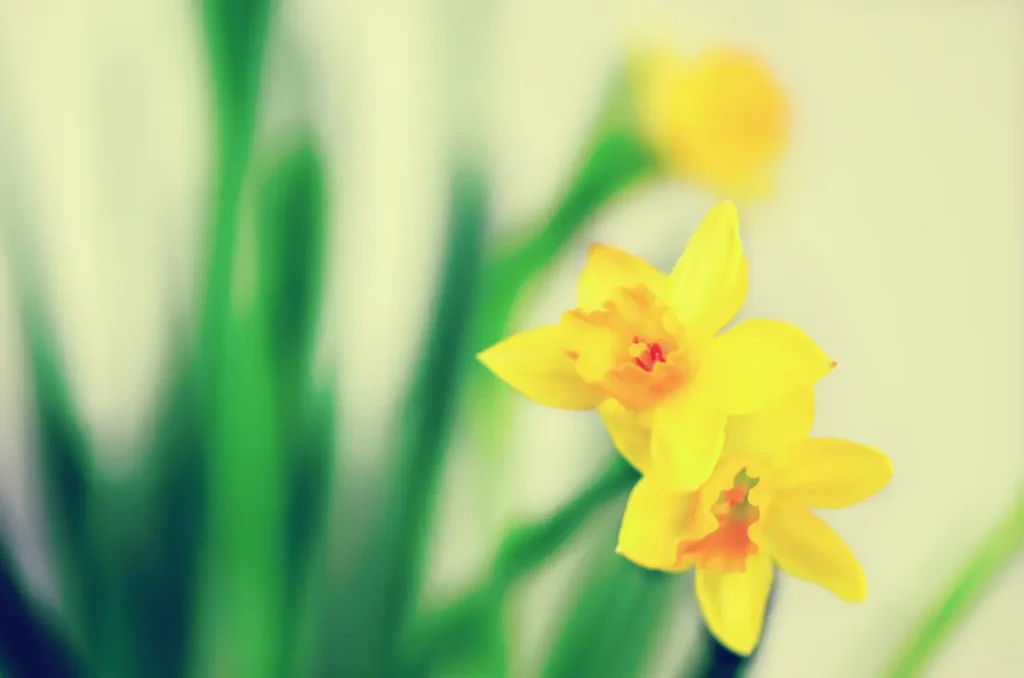
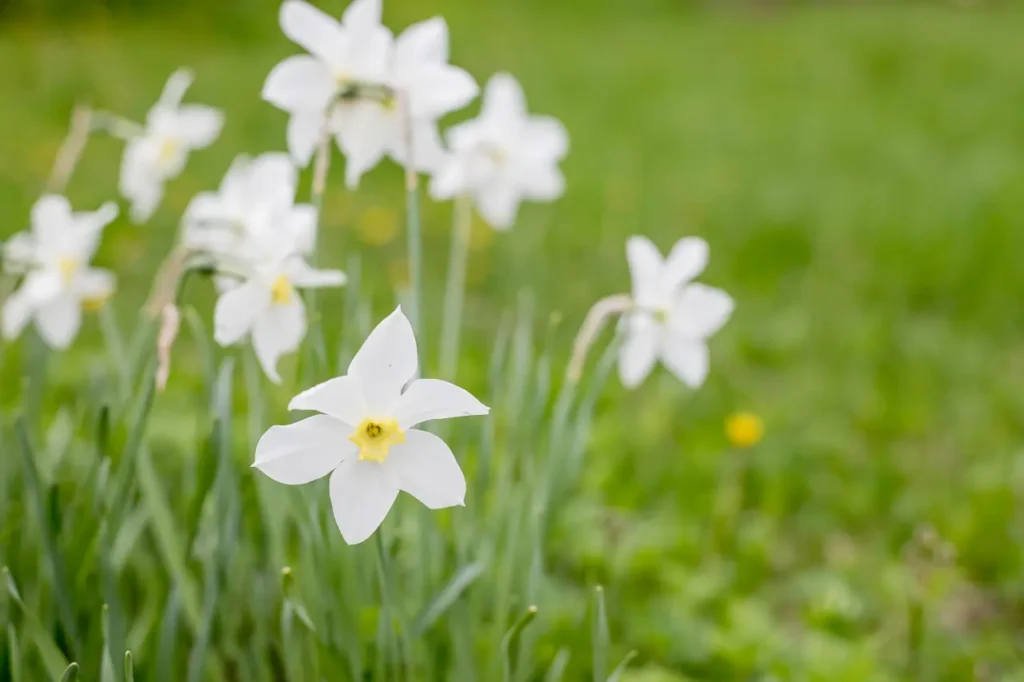
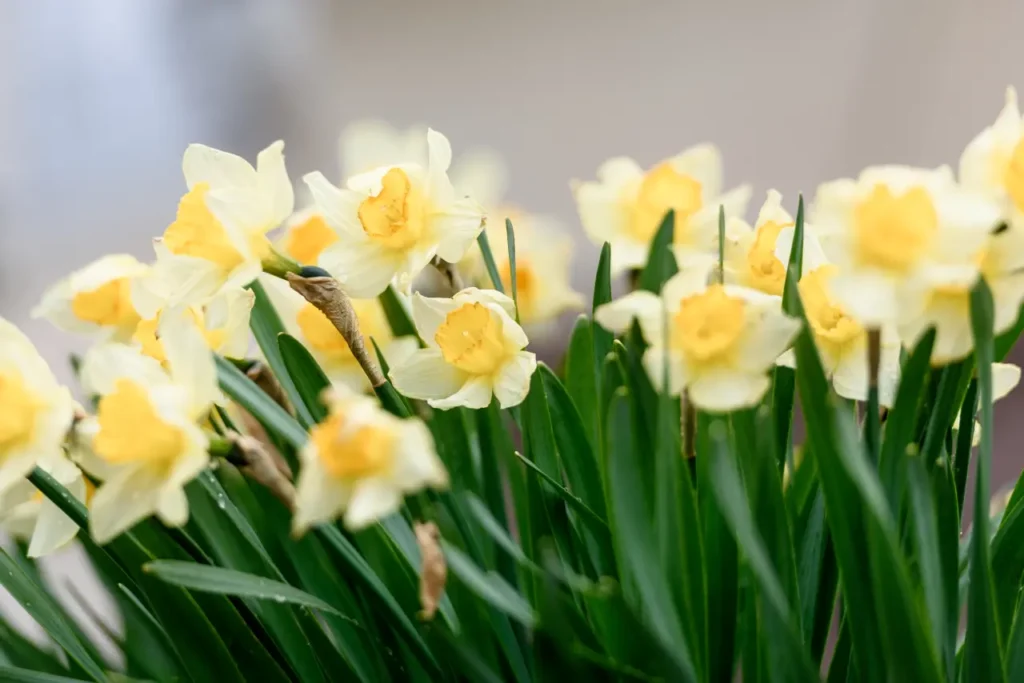
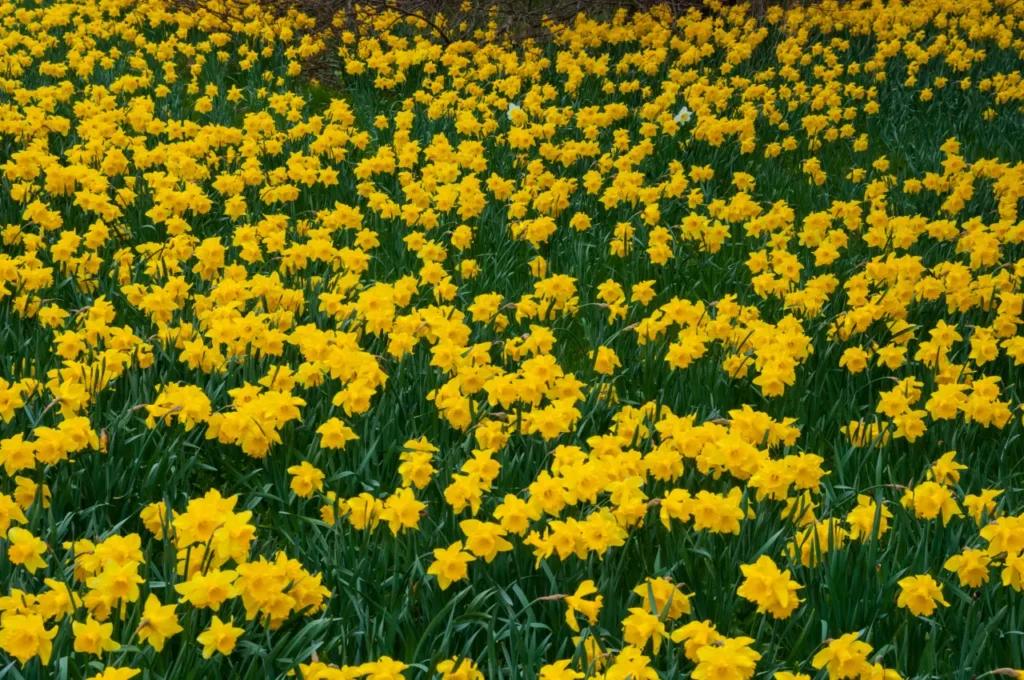
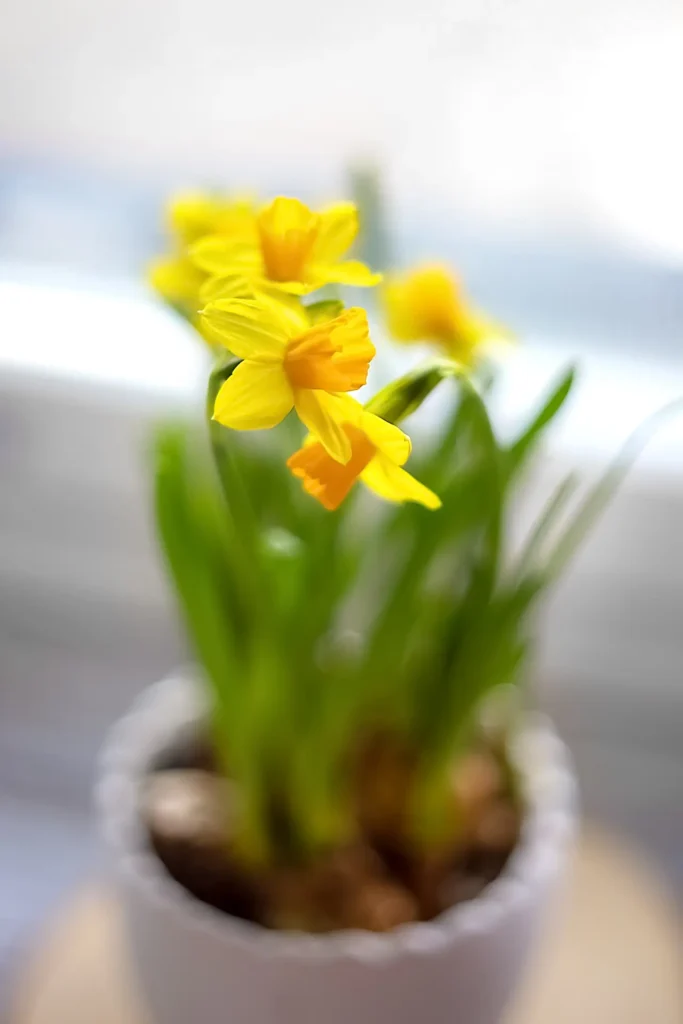
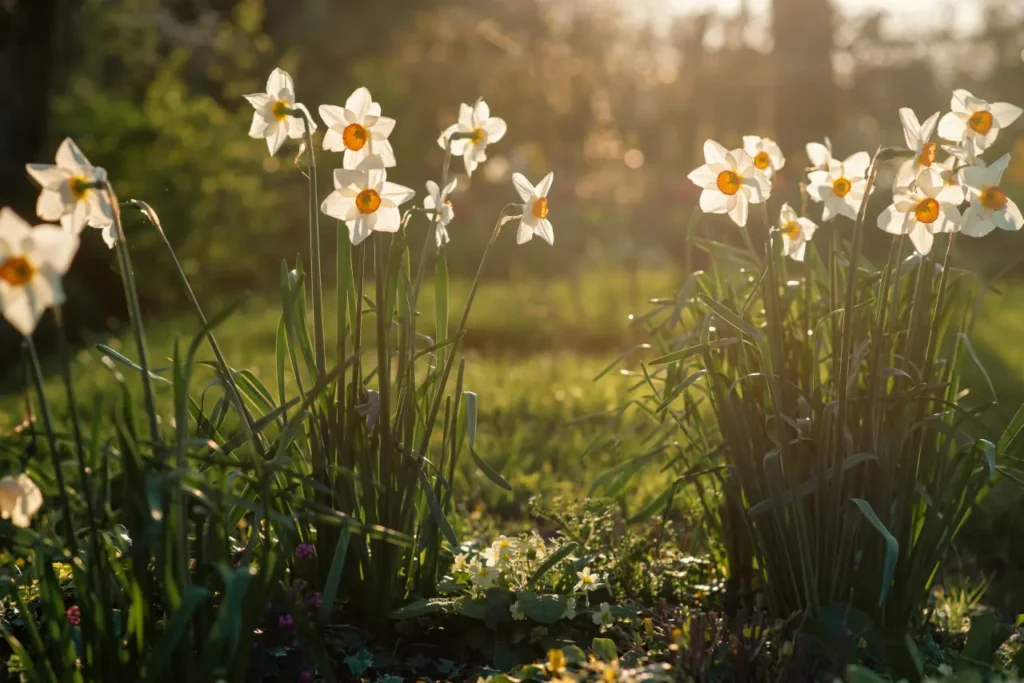
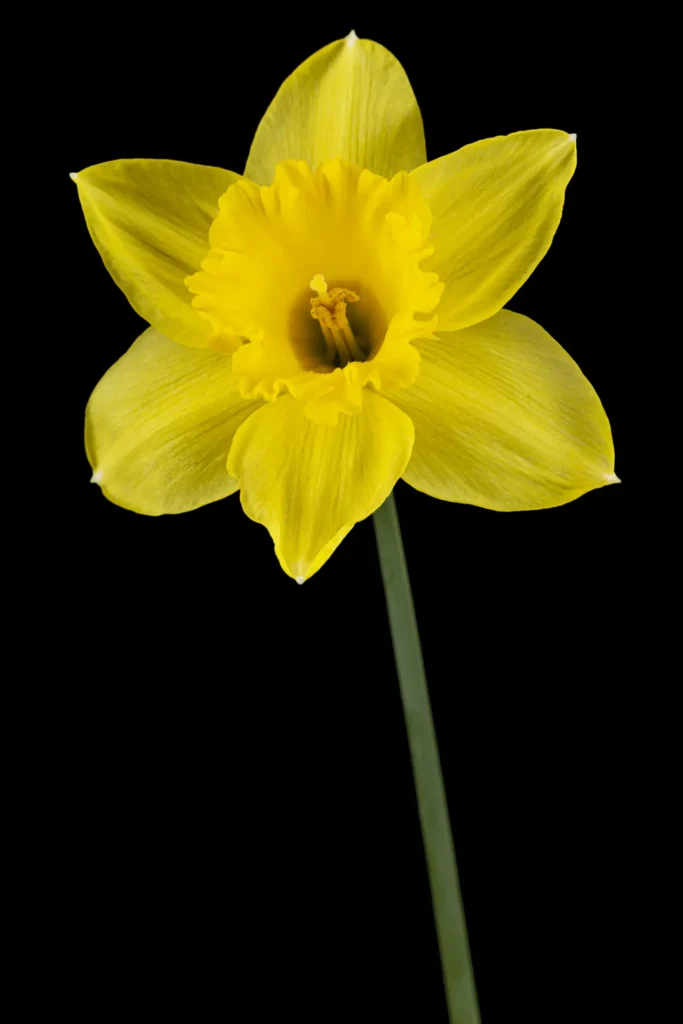
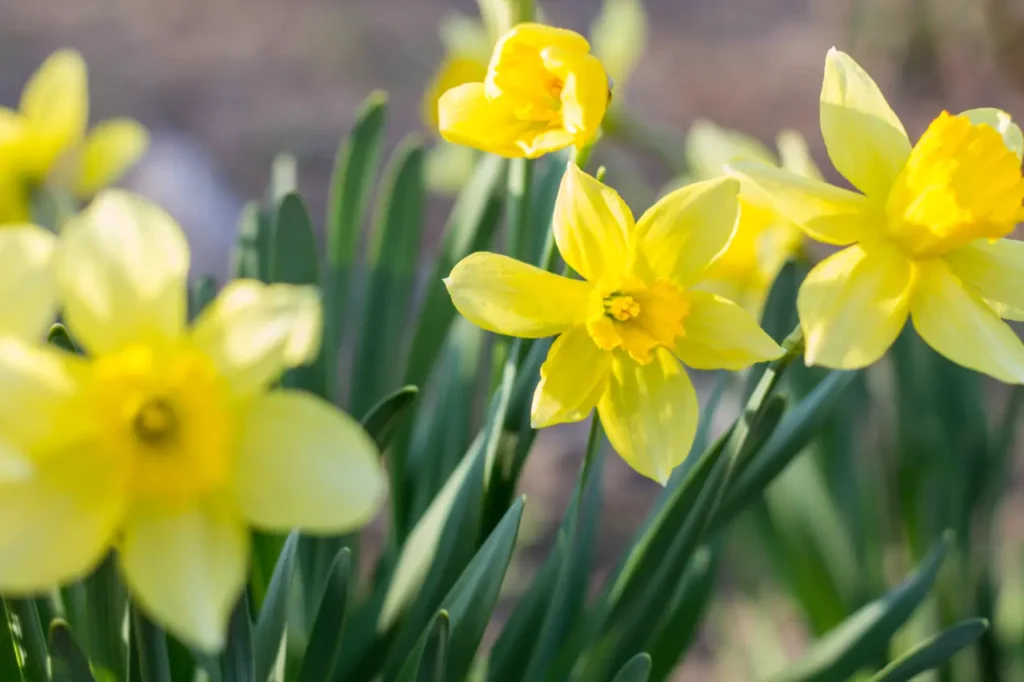
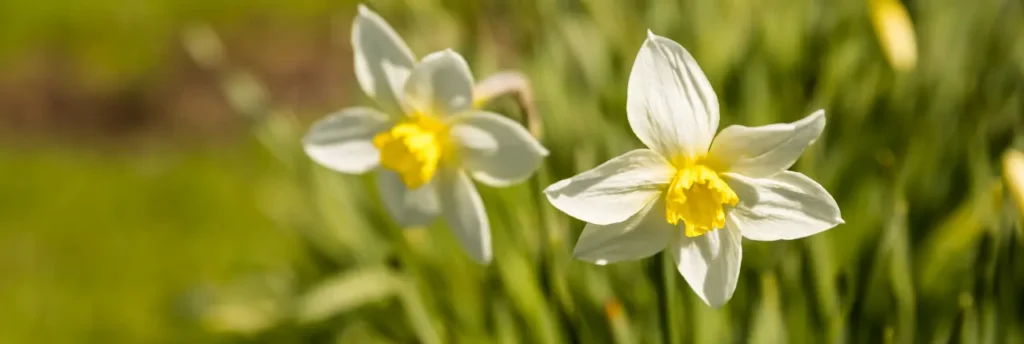
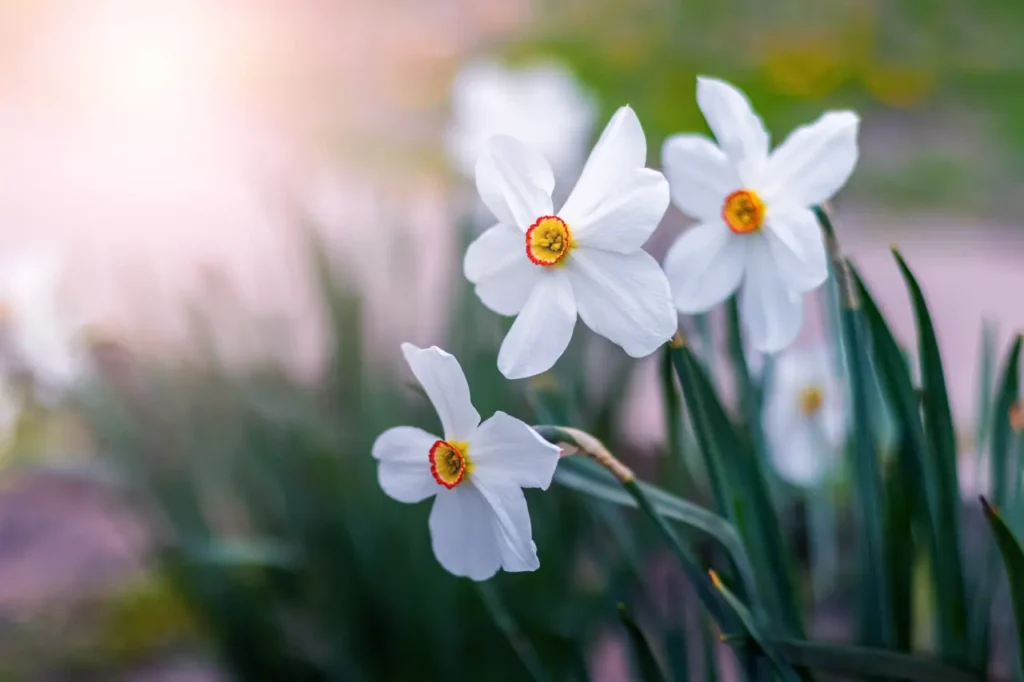
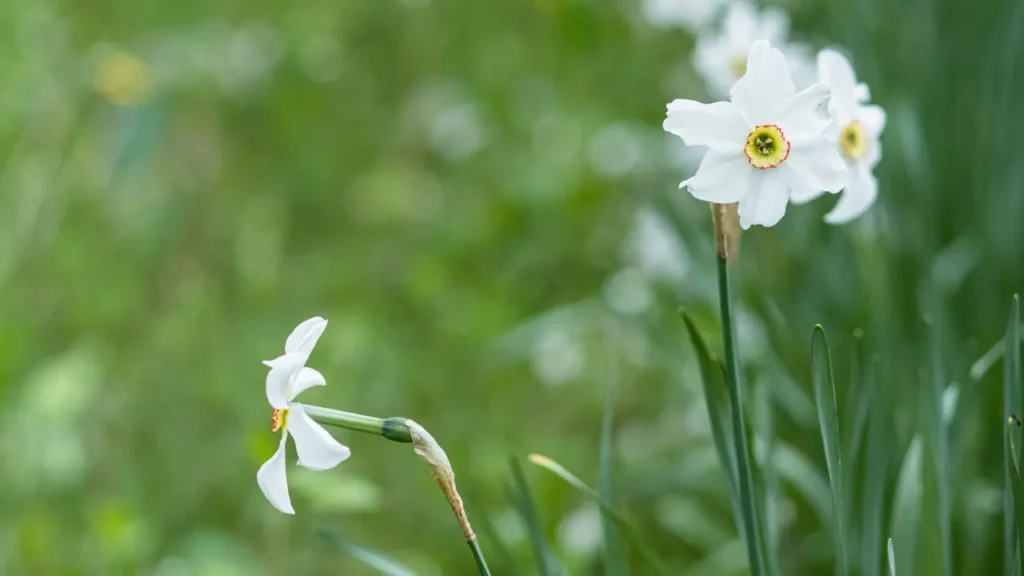
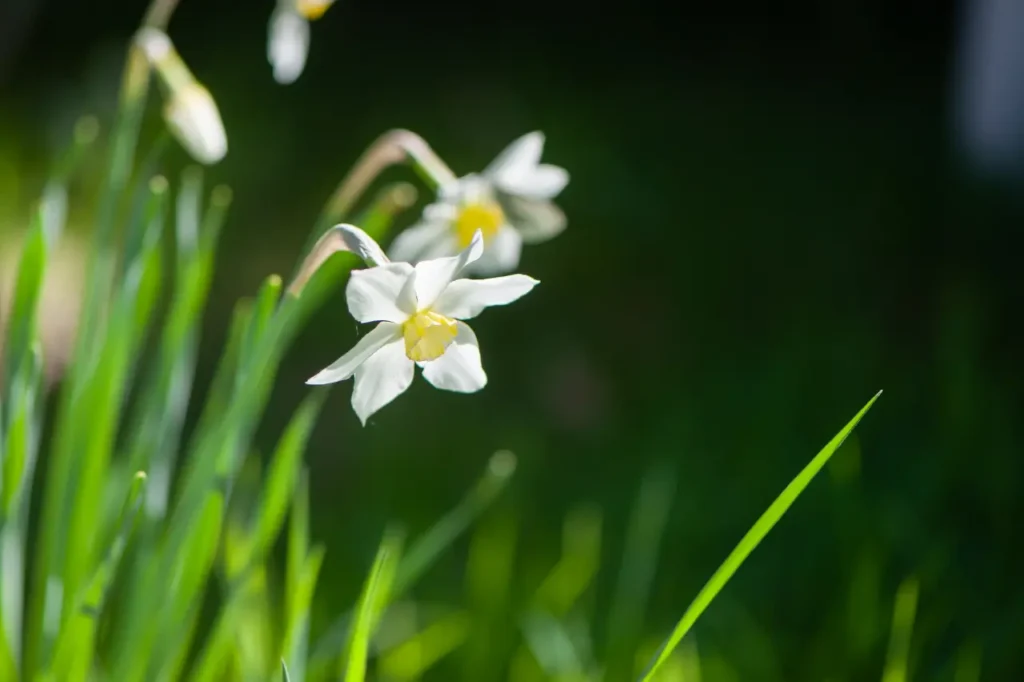
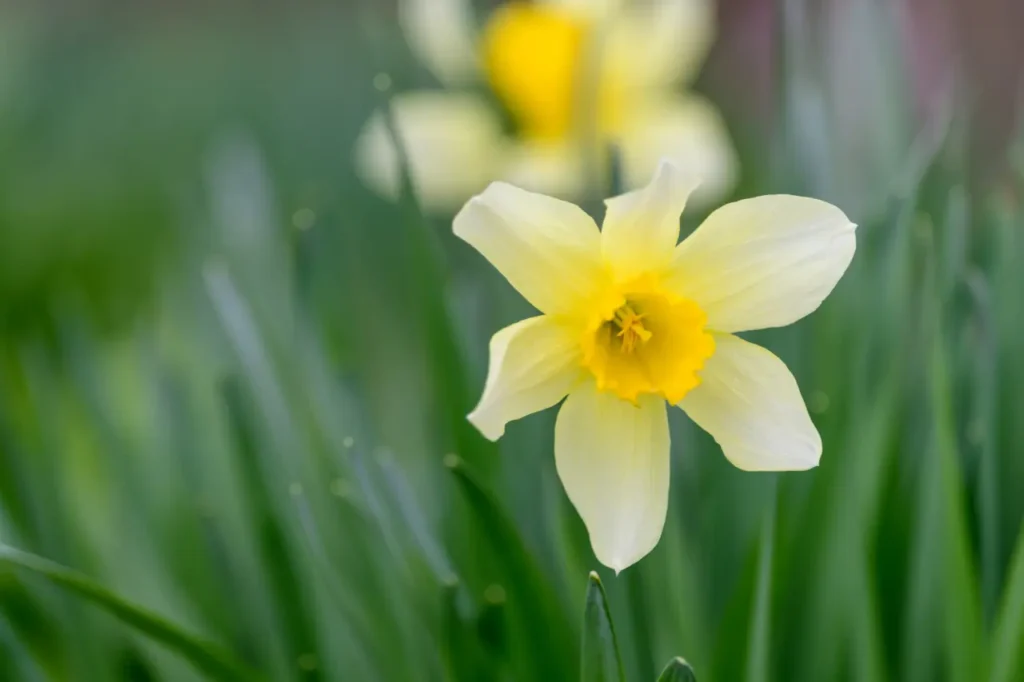
Information about Daffodils
These delightful flowers are synonymous with the arrival of spring and are cherished for their cheerful appearance and delicate fragrance.
Native to Europe and parts of North Africa and the Middle East, daffodils have a rich history and cultural significance. They have been cultivated for centuries and have become a symbol of renewal, rebirth, and hope. In many cultures, daffodils are associated with positive qualities such as resilience, optimism, and new beginnings.
Daffodils belong to the Amaryllidaceae family and encompass a wide variety of species and cultivars. They come in different sizes and shapes, ranging from petite miniature daffodils to larger trumpet daffodils. Some varieties feature multiple flowers per stem, while others display unique color combinations and patterns, adding further interest and diversity to this enchanting flower family.
One of the remarkable characteristics of daffodils is their ability to thrive in diverse climates and soil conditions. They are hardy perennials that can withstand cold temperatures, making them a popular choice for gardeners in temperate regions. Daffodils prefer well-drained soil and thrive in areas with ample sunlight, although they can tolerate partial shade.
The blooming season of daffodils typically occurs in early spring, filling landscapes with bursts of color and fragrance. The sight of daffodils emerging from the ground after a long winter is a delightful reminder of the beauty and vitality of nature. Their vibrant hues and delicate petals attract pollinators such as bees and butterflies, contributing to the ecosystem’s biodiversity.
Caring for daffodils is relatively easy, making them a favorite among both experienced gardeners and beginners. Planting daffodil bulbs in the fall allows them to establish their roots before the arrival of spring. They require regular watering during their growing season and benefit from occasional fertilization to promote healthy growth and abundant blooms. After flowering, it is essential to allow the foliage to wither naturally, as this enables the bulbs to store energy for the next season’s growth.
In addition to their role in gardens and landscapes, daffodils have also inspired artists, poets, and writers throughout history. Their beauty and symbolism have been celebrated in various works of art and literature, adding to their enduring appeal and cultural significance.
Whether adorning gardens, parks, or floral arrangements, daffodils bring a touch of brightness and joy to any setting. Their vibrant colors, delightful fragrance, and symbolic meaning make them a cherished flower that heralds the arrival of spring and uplifts the spirit. As we admire the delicate blooms of daffodils, we are reminded of the beauty and resilience of nature and the promise of new beginnings.
